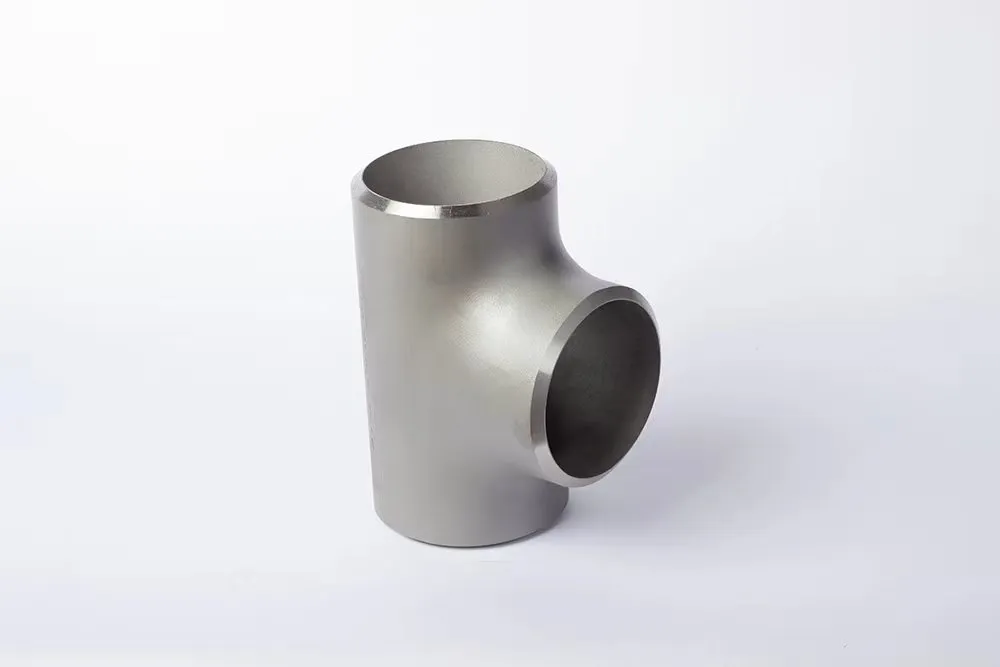-
Cangzhou Yulong Steel Co., Ltd.
-
Phone:
+86 13303177267 -
Email:
admin@ylsteelfittings.com
- English
- Arabic
- Italian
- Spanish
- Portuguese
- German
- kazakh
- Persian
- Greek
- French
- Russian
- Polish
- Thai
- Indonesian
- Vietnamese
- Zulu
- Korean
- Uzbek
- Hindi
- Serbian
- Malay
- Ukrainian
- Gujarati
- Haitian Creole
- hausa
- hawaiian
- Hebrew
- Miao
- Hungarian
- Icelandic
- igbo
- irish
- Japanese
- Javanese
- Kannada
- Khmer
- Rwandese
- Afrikaans
- Albanian
- Amharic
- Armenian
- Azerbaijani
- Basque
- Belarusian
- Bengali
- Bosnian
- Bulgarian
- Catalan
- Cebuano
- China
- China (Taiwan)
- Corsican
- Croatian
- Czech
- Danish
- Esperanto
- Estonian
- Finnish
- Frisian
- Galician
- Georgian
- Kurdish
- Kyrgyz
- Lao
- Latin
- Latvian
- Lithuanian
- Luxembourgish
- Macedonian
- Malgashi
- Malayalam
- Maltese
- Maori
- Marathi
- Mongolian
- Myanmar
- Nepali
- Norwegian
- Norwegian
- Occitan
- Pashto
- Dutch
- Punjabi
- Romanian
- Samoan
- Scottish Gaelic
- Sesotho
- Shona
- Sindhi
- Sinhala
- Slovak
- Slovenian
- Somali
- Sundanese
- Swahili
- Swedish
- Tagalog
- Tajik
- Tamil
- Tatar
- Telugu
- Turkish
- Turkmen
- Urdu
- Uighur
- Welsh
- Bantu
- Yiddish
- Yoruba

Sep . 30, 2024 07:44 Back to list
Understanding ANSI B16.4 Standards for Ductile Iron Pipe Flanges and Fittings
Understanding ANSI B16.4 A Comprehensive Guide
The American National Standards Institute (ANSI) has established various standards to ensure quality and safety across different industries. One such important standard is ANSI B16.4, which pertains to the manufacturing and testing of gray iron fittings used in piping systems. Understanding ANSI B16.4 is essential for professionals within the plumbing, construction, and infrastructure sectors, as it plays a critical role in maintaining operational integrity and safety.
What is ANSI B16.4?
ANSI B16.4 outlines the specifications and requirements for gray iron fittings in accordance with the American National Standards. Gray iron fittings are widely used in various industrial applications due to their good machinability, resistance to wear, and excellent strength characteristics. These fittings are typically used for piping systems that transport water, gas, and other fluids.
The standard covers several key aspects, including the dimensions, tolerances, mechanical properties, and testing methods required for the fittings. It aims to ensure that the fittings perform as expected under normal operating conditions and last for a significant period without failure.
Key Components of ANSI B16
.41. Materials and Composition ANSI B16.4 specifies the type of gray iron that must be used in the production of the fittings. This includes guidelines on the chemical composition of the iron, ensuring it meets specific quality standards for durability and reliability. The standard requires the iron to have a carbon content that enhances its machinability while providing the necessary tensile strength.
2. Dimensional Standards The standard specifies exact dimensions for the fittings, including wall thickness, length, and diameter. These specifications are crucial because they ensure compatibility with other components in the piping system. Deviations from these dimensions may lead to leaks, pressure loss, or system failures.
3. Mechanical Properties ANSI B16.4 outlines the required mechanical properties for gray iron fittings, such as tensile strength, yield strength, and elongation. These properties help manufacturers produce fittings that can withstand high pressures and varying temperatures.
ansi b16 4

4. Testing Procedures To ensure compliance with the standard, products must undergo rigorous testing. ANSI B16.4 outlines several testing methods, including pressure testing and hydrostatic testing, to validate the integrity of the fittings. These tests are vital to verify that the fittings will perform reliably in their intended applications.
5. Marking and Identification The standard requires all fittings to be clearly marked with relevant information, including the manufacturer’s name, the material grade, and the standard designation (ANSI B16.4). This marking helps with traceability and ensures that users can confirm they are using compliant products.
Importance of ANSI B16.4 Compliance
Compliance with ANSI B16.4 is essential for several reasons. First, it helps ensure safety in the operation of piping systems. Non-compliant fittings may fail, leading to leaks or catastrophic failures, which can jeopardize public safety and result in expensive repairs and downtimes.
Second, adherence to this standard is influential in maintaining efficiency within fluid transport systems. Proper fittings reduce the likelihood of pressure losses and leaks, thereby optimizing performance and resource utilization.
Third, using ANSI B16.4 compliant fittings enhances credibility and trustworthiness among customers and partners. Businesses that demonstrate a commitment to quality and safety are more likely to succeed in increasingly competitive markets.
Conclusion
In summary, ANSI B16.4 plays a significant role in the manufacturing of gray iron fittings, influencing everything from material selection to testing procedures. For industry professionals, understanding this standard is not just about compliance but also about safeguarding public health and ensuring the efficient operation of essential infrastructure. By adhering to ANSI B16.4 standards, manufacturers and users of gray iron fittings alike can contribute to a safer and more reliable piping environment. The commitment to maintaining high standards ultimately leads to improved operational longevity and reliability, benefitting both businesses and their end-users.
Latest news
-
ANSI 150P SS304 SO FLANGE
NewsFeb.14,2025
-
ASTM A333GR6 STEEL PIPE
NewsJan.20,2025
-
ANSI B16.5 WELDING NECK FLANGE
NewsJan.15,2026
-
ANSI B16.5 SLIP-ON FLANGE
NewsApr.19,2024
-
SABS 1123 FLANGE
NewsJan.15,2025
-
DIN86044 PLATE FLANGE
NewsApr.19,2024
-
DIN2527 BLIND FLANGE
NewsApr.12,2024
-
JIS B2311 Butt-Welding Fittings LR/SR 45°/90° /180°Seamless/Weld
NewsApr.23,2024











